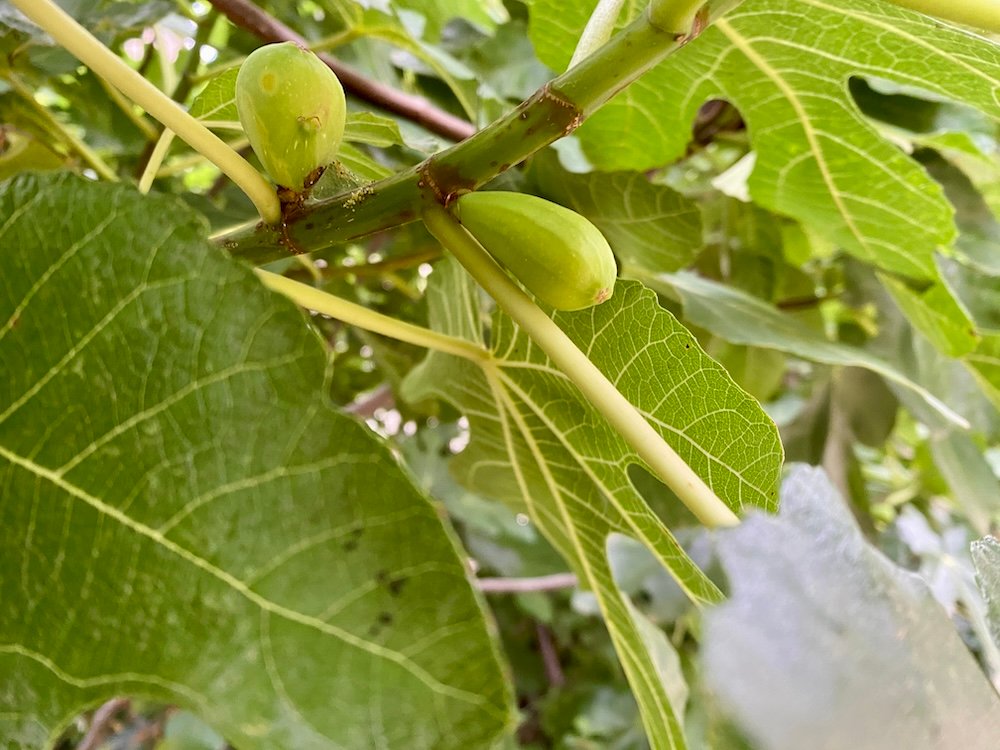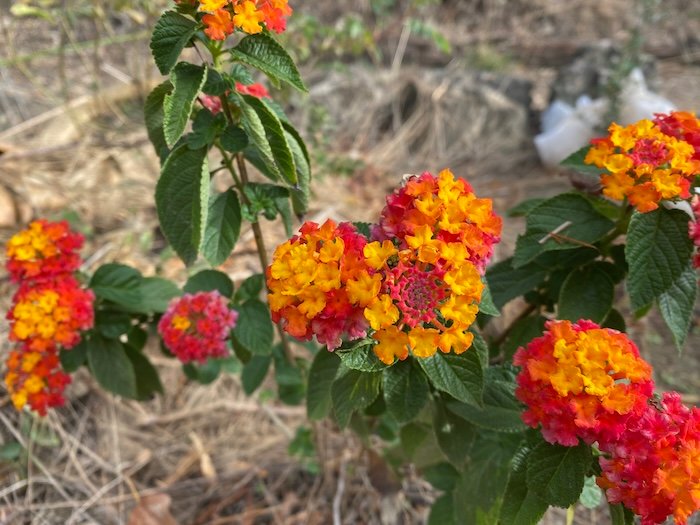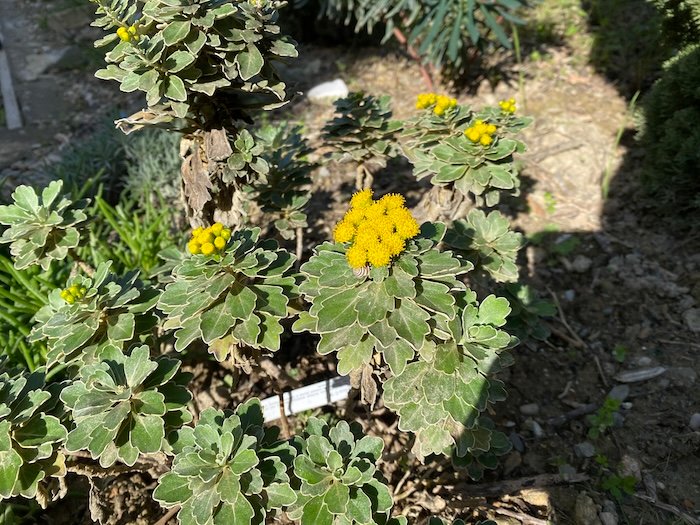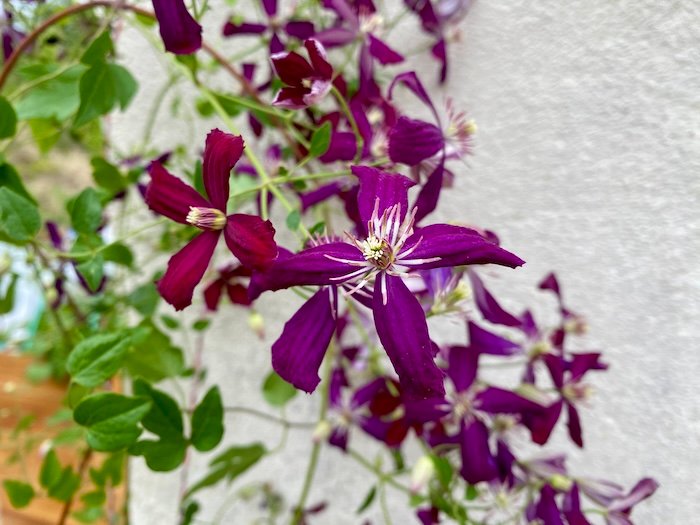Category: Plants
-

Colutea media
Colutea media “Copper Beauty” seems to be a longer-blooming cultivar of Colutea arborescens, a native of Southern Europe from Spain to Roumania. In the wild it grows in well drained, chalky soil, mostly on dry slopes and rocky meadows, and likes full sun. Colutea media blooms from May through September and its flowers turn into…
-

Ficus Carica – Fig Trees
Figs are the quintessential Mediterranean fruit tree and when we moved here in 2022 I was so happy about the miniature grove of fig trees at the very back of the garden! But in that summer and fall we didn’t see a single fig. Having no experience at all with fig trees and lots of…
-

Lantana camara
Having known Lantana camara only as a potted plant in Switzerland, I was surprised, when one of them suddenly poked out of the barren ground in the middle of our first summer. It seemed to survive the summer heat more or less but only really came into its own and bloomed profusely from September into…
-

Ajania / Chrysanthemum pacificum
Not having done my usual research, this turned out to be somewhat of a misguided purchase last October. Ajania pacifica or Chrysanthemum pacificum is a native of the main Japanese island Honshu, where it grows along the Pacific coast – it’s thus not really suited for the heat and drought of this Mediterraean garden. Last fall…
-

Clematis flammula
What was ordered and planted as “Clematis flammula rubromarginata” in November 2023, turned out to be “Clematis flammula Sweet Summer Love” in July of 2024. Which is a good thing because it’s actually a lot prettier than the variety I had ordered. “Clematis flammula Sweet Summer Love” grows to about 250 cm high and 100…
-

Myrtus communis
Myrtles are one of the most ancient Mediterranean plants. They grow very old, but they also grow veeerrrry slowly. And they’re not quite as robust – at least in my experience – as one would think. Over the past three years I lost two of them and managed to keep two others alive only with…